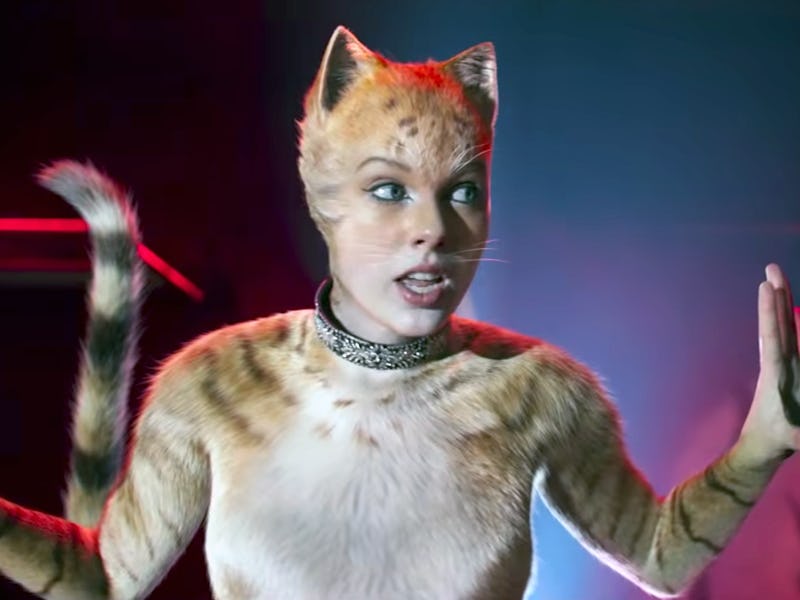'Cats' is undeniably creepy, and there's a psychological reason for it
They're sexy. They're creepy. They live in the uncanny valley.

Cats is the latest beloved musical to be remade as a live-action film, and the results are terrifying. Released in theaters on December 20, the movie is a long, long way from the T.S. Eliot children’s poetry book that inspired Andrew Lloyd Weber’s 1981 musical.
When the trailer was released in July of this year, the internet erupted: Humanoid, all-dancing, all-singing cats are just too much. The reason for the disquiet: The cats in Cats belong in the uncanny valley, experts told Inverse at the time.
This is #10 on Inverse’s list of the 25 most WTF science stories of 2019.
“Human beings and their depictions are rarely creepy, but highly realistic animations and android robots often are,” Karl MacDorman, associate professor at Indiana University, told Inverse in July. “This phenomenon, proposed by Masahiro Mori in 1970, is the uncanny valley.”
Francis McAndrew, Cornelia H. Dudley Professor of Psychology at Knox College, Illinois, agreed. “As things become more human looking, usually we find them to be cuter, and we like them more. However, when something becomes almost exactly like a human — but not quite — it can become a bit unsettling to us.”
“We like clarity in the world, and we want to be able to put things neatly into categories,” McAndrew said. “‘Almost-human’ things press buttons in our brain that tell us to interact with it as if it is human, but since we consciously know it is not, we experience tension and ambivalence, which can be unpleasant.”
Aside from singing and dancing, the cats in Cats also mimic other human-like movements, gestures, and facial expressions. These movements, combined with more cat-like gestures, is akin to uncanny valley overload, McAndrews said.
Being unable to tell where the human ends and the cat begins could also creep out viewers, MacDorman explained. In a 2016 paper, MacDorman and his colleagues found that giving dog and bird characters human-like features creeped people out.
“This mismatch of features that were once considered mutually exclusive — human/cat, male/female, African/European — creates uncertainty about which of the pairing the cats belong to, or both, or neither,” MacDorman said. “We are uncertain about their species, gender, and race or ethnicity.”
But maybe it is all intentional. Evocation of the uncanny valley, MacDorman explained, “is probably just a by-product of the mystique and magic that the film is going for.”
Cats opened in American theaters on December 20, 2019. Inverse has not seen the movie, but early reviews suggest the trailer was no fluke. This film might not be for the faint of heart.
As 2019 draws to a close, Inverse is counting down the 25 science stories from this year that made us say “WTF.” Some are incredible, some are icky, and some are just plain strange. This has been #10. Read the original article here.